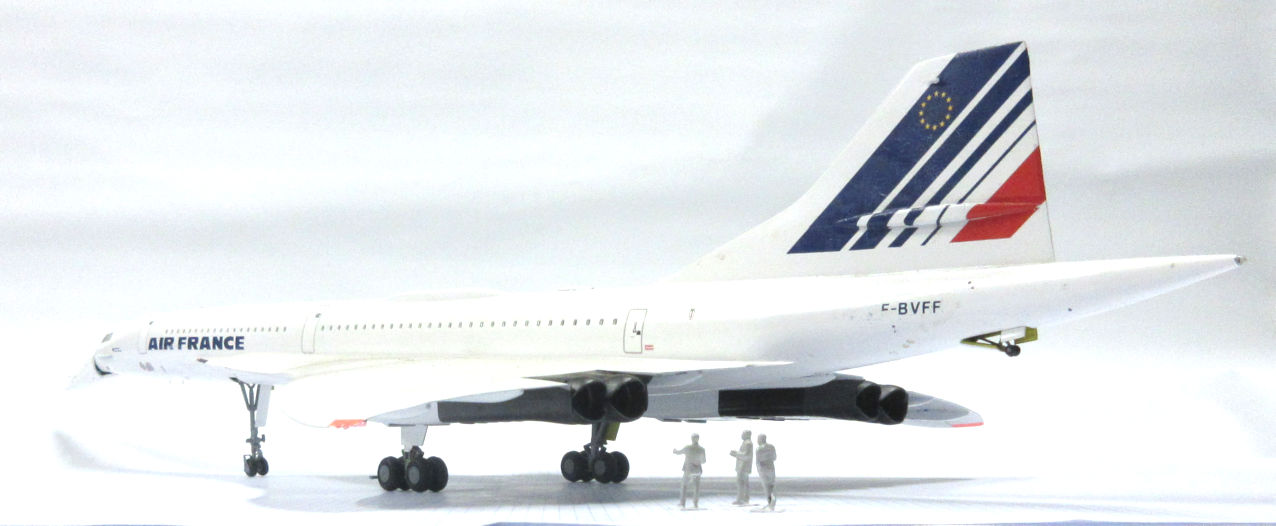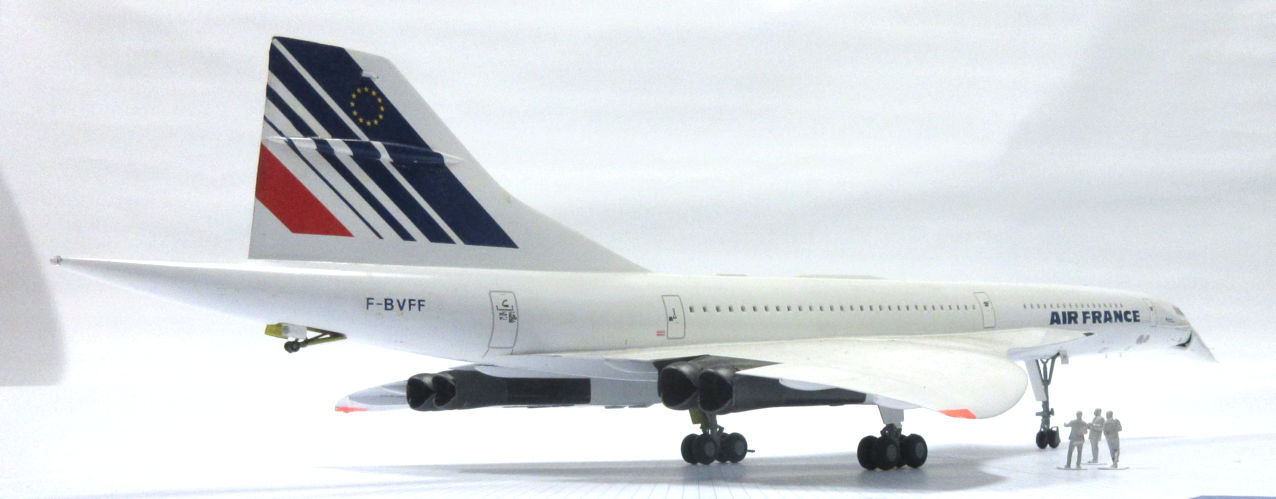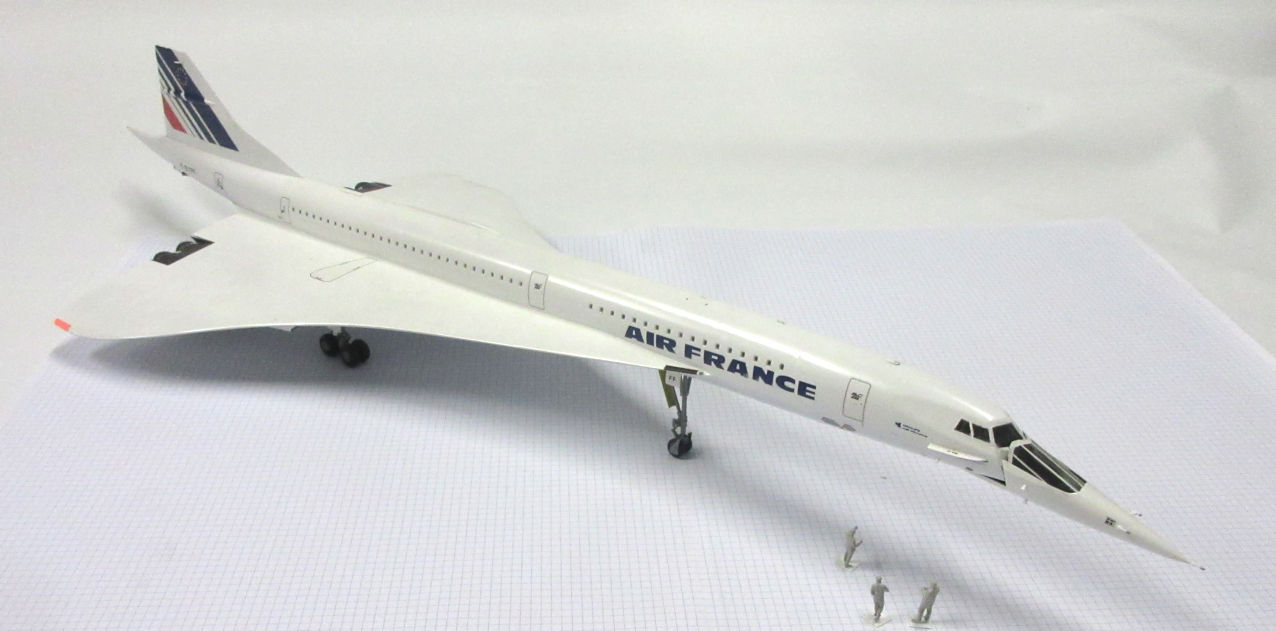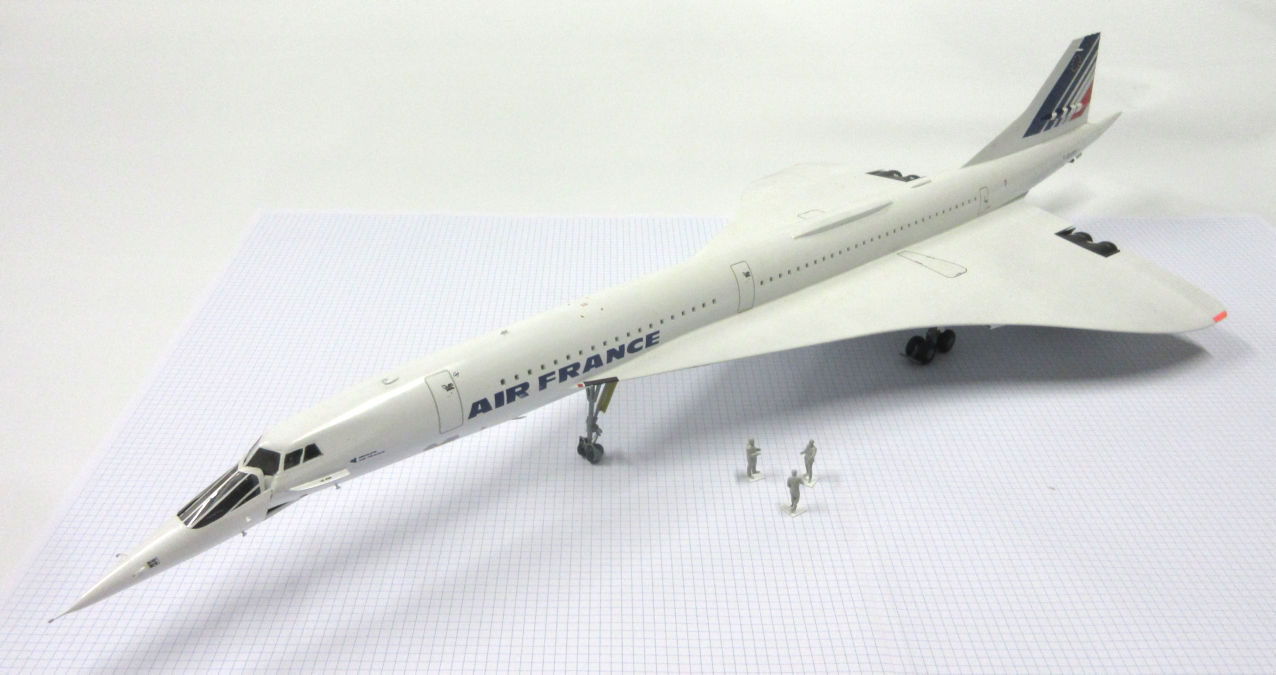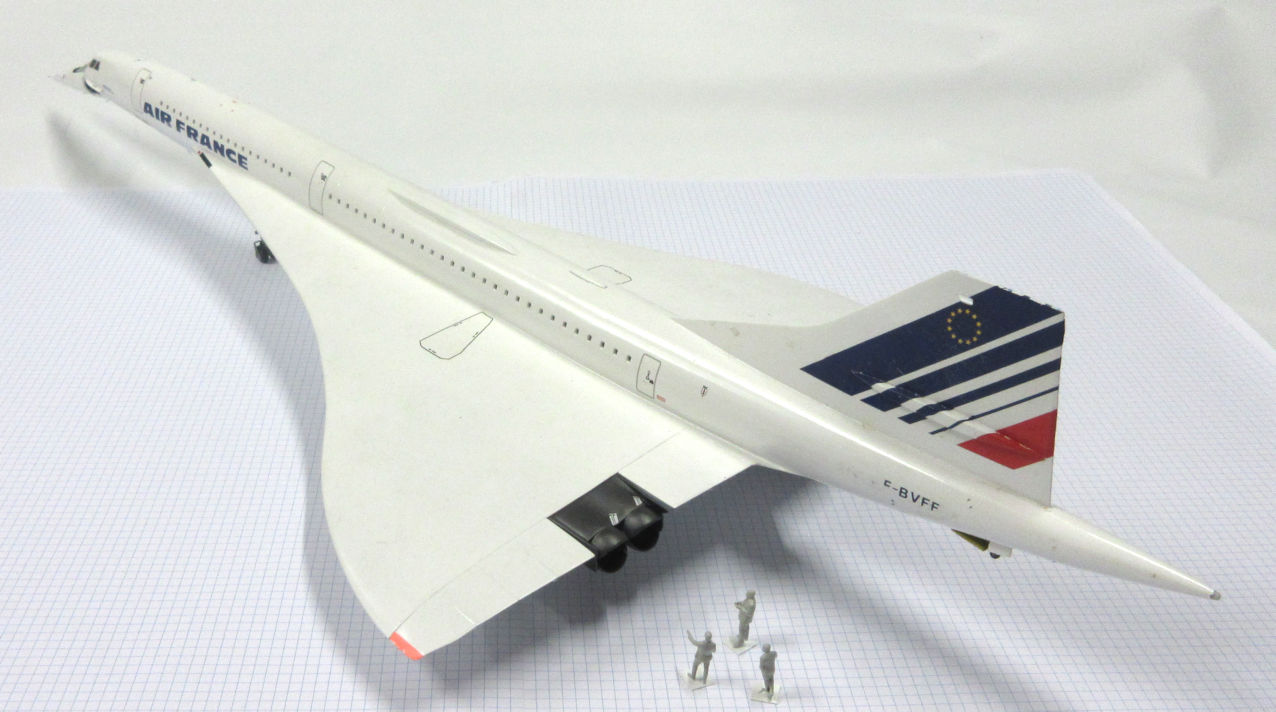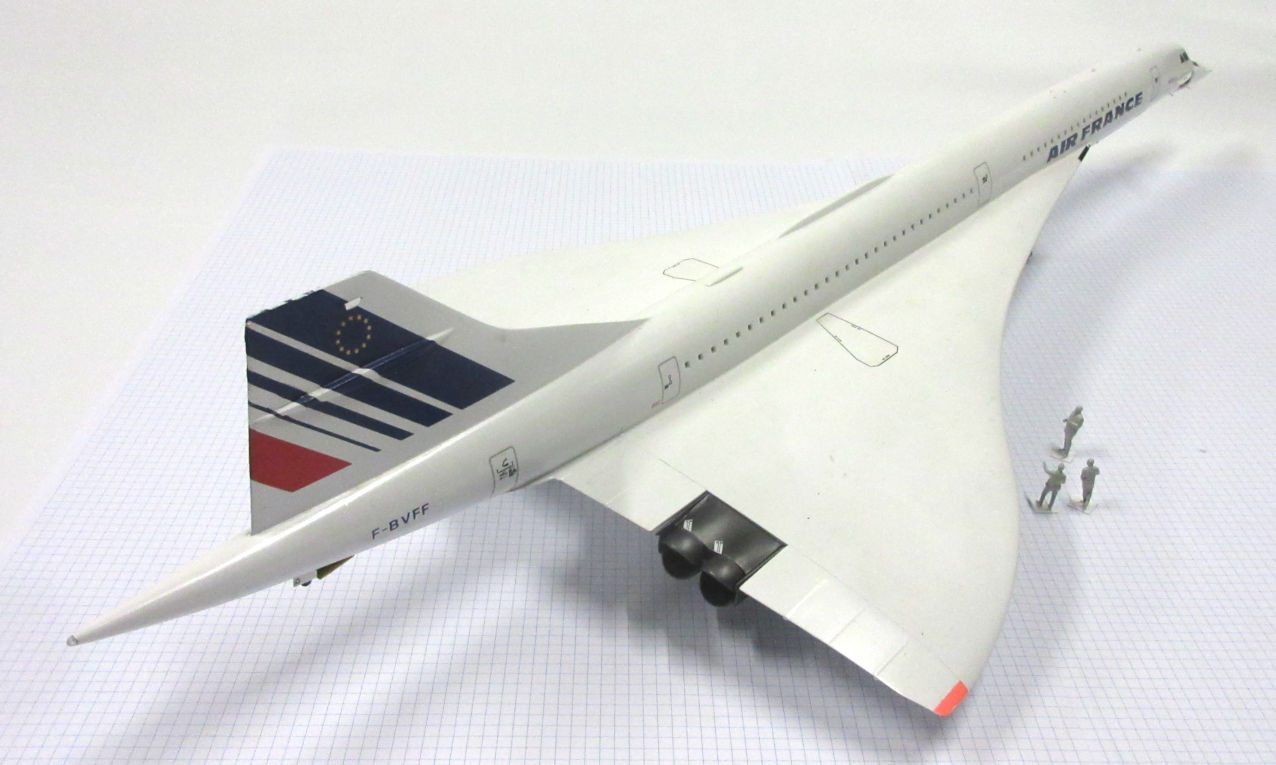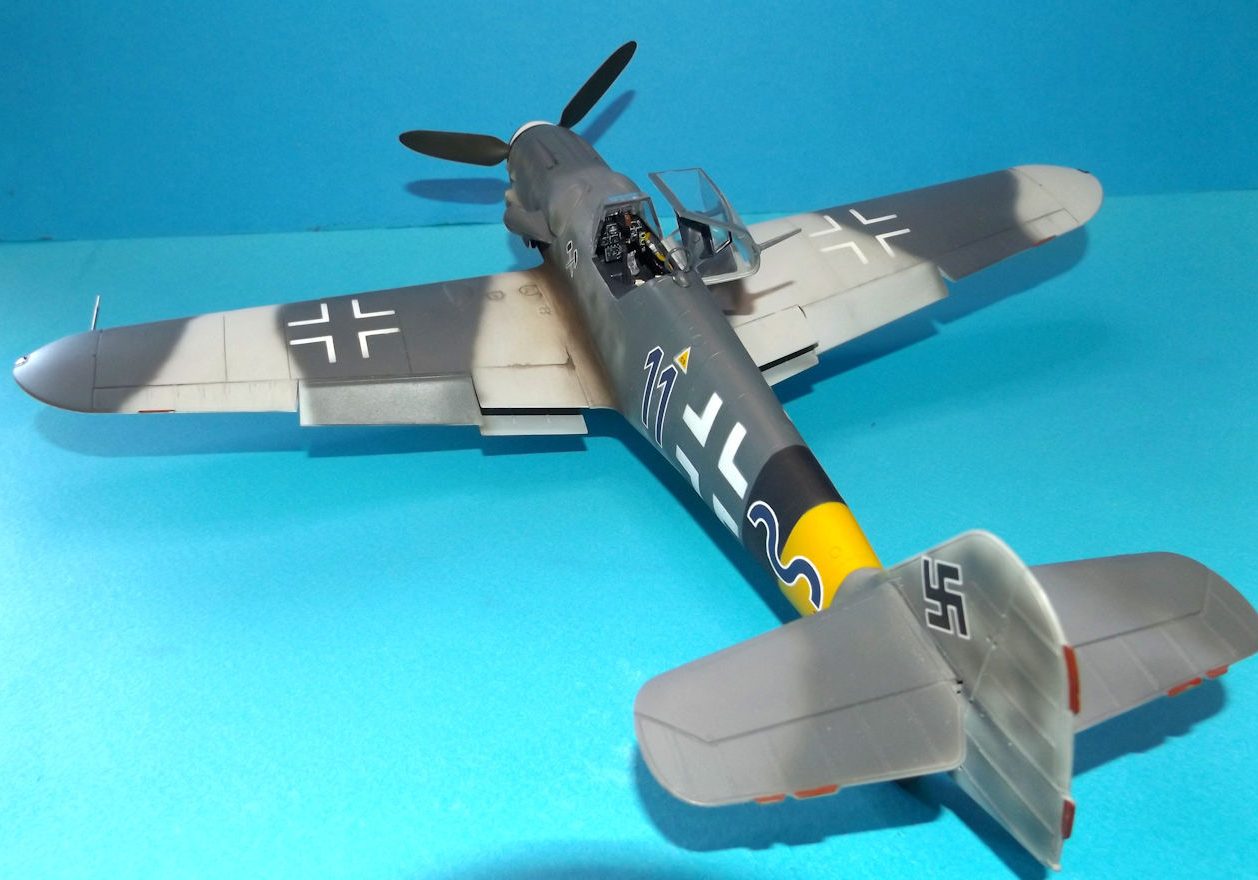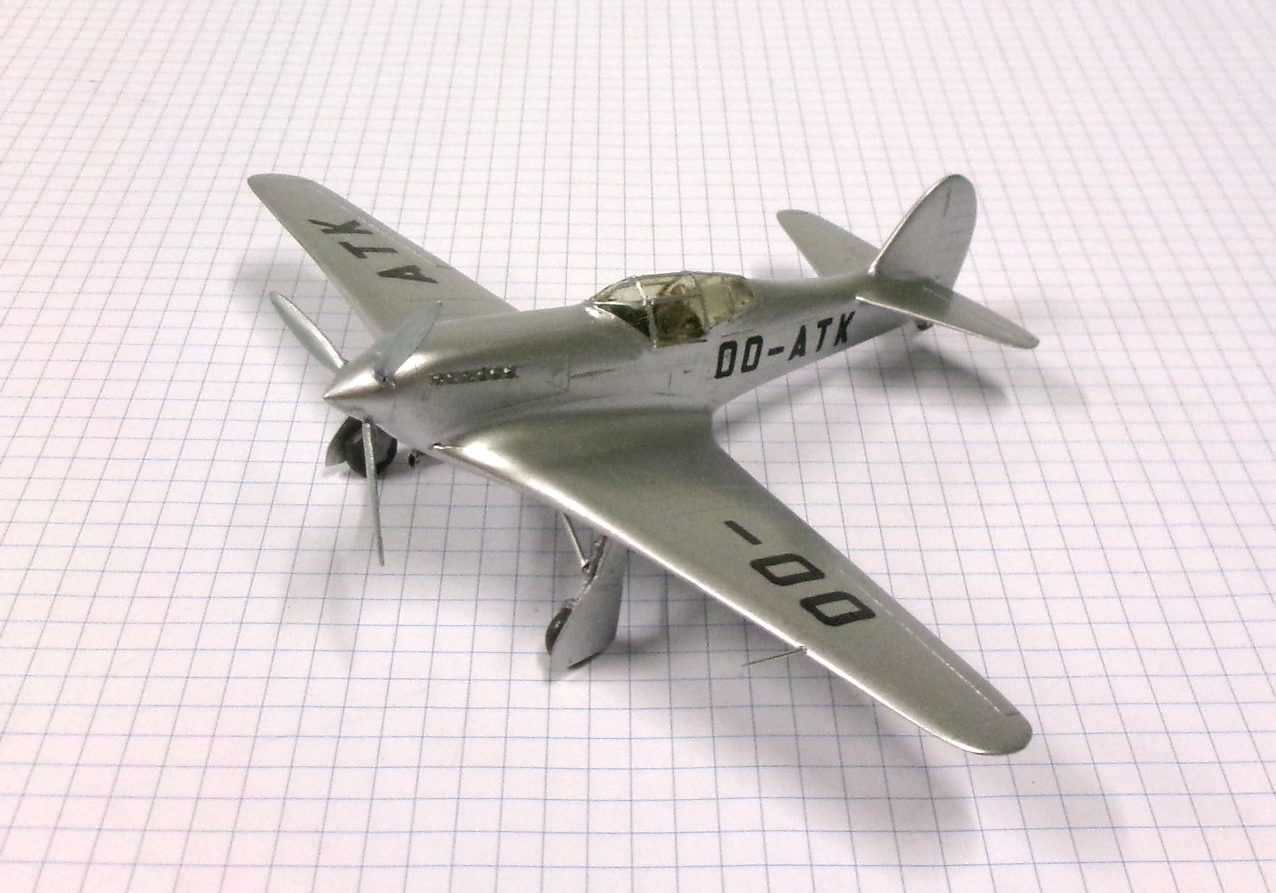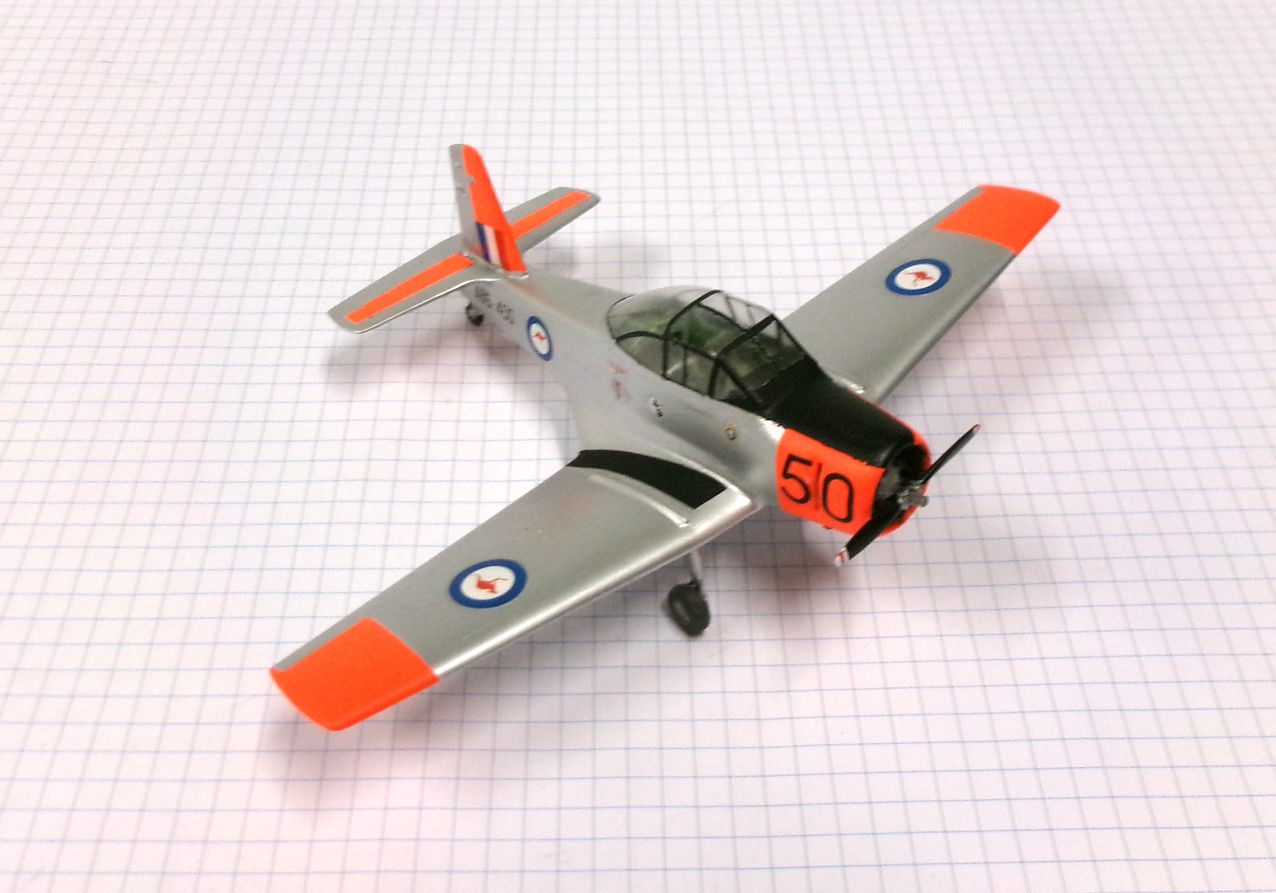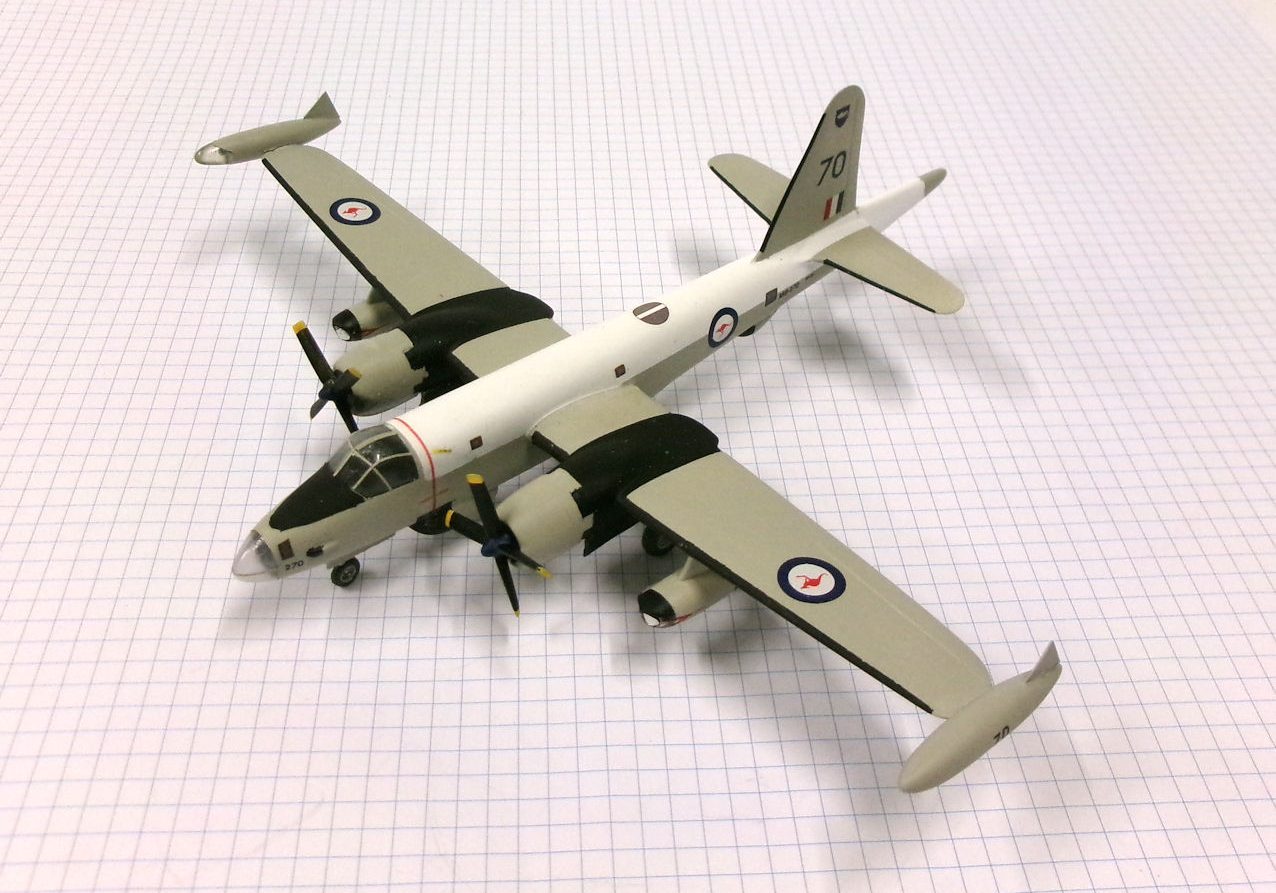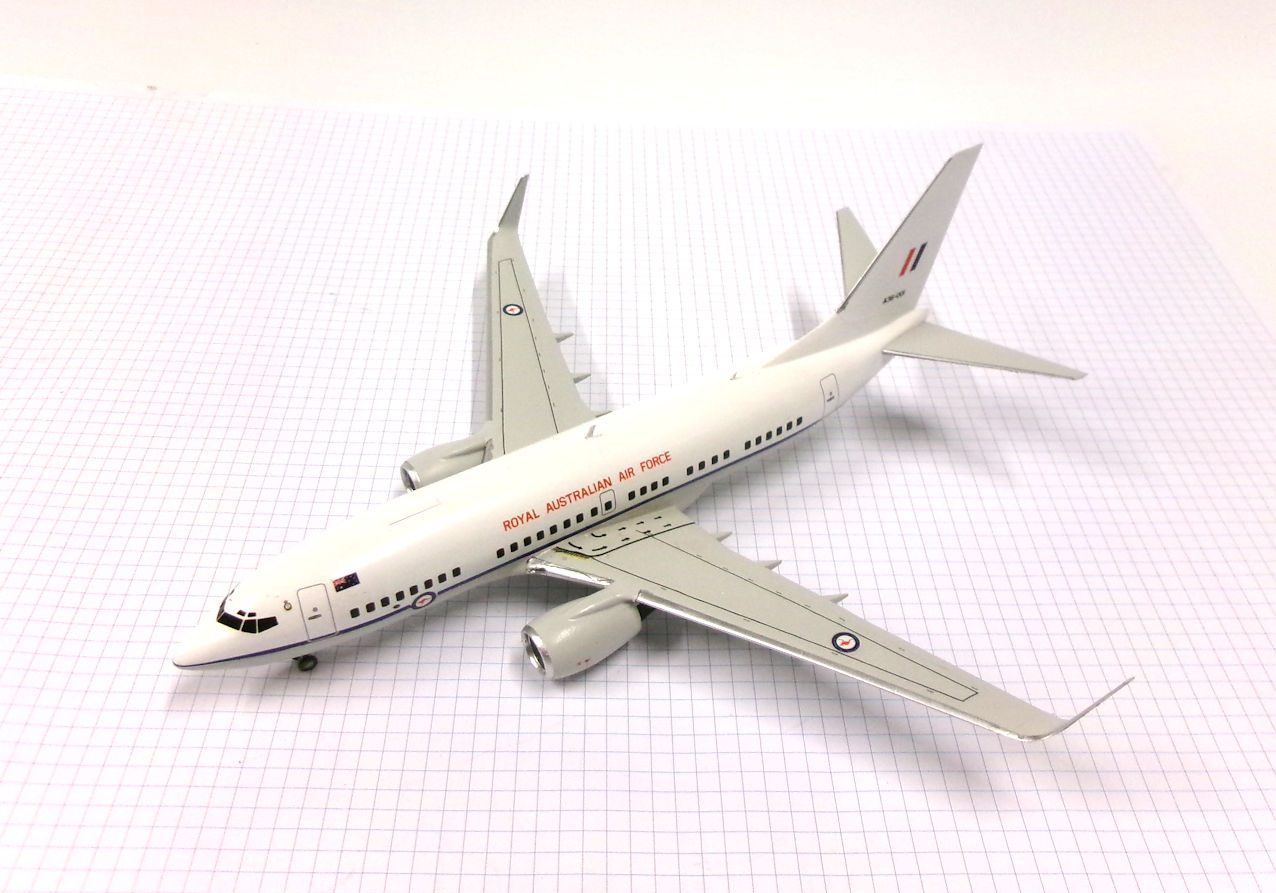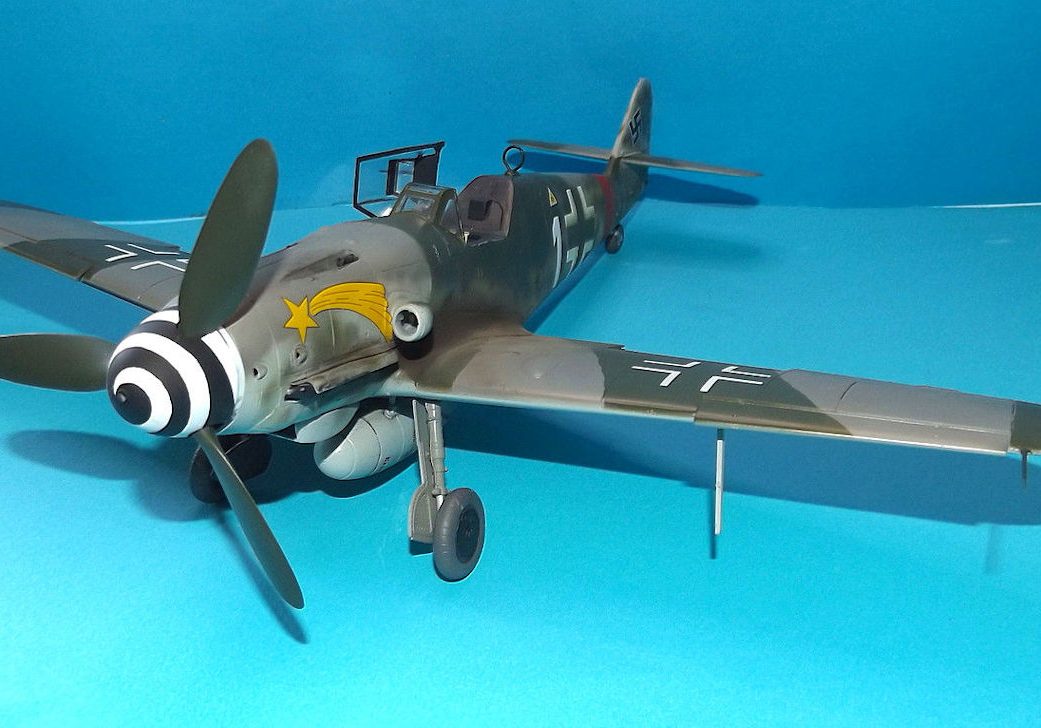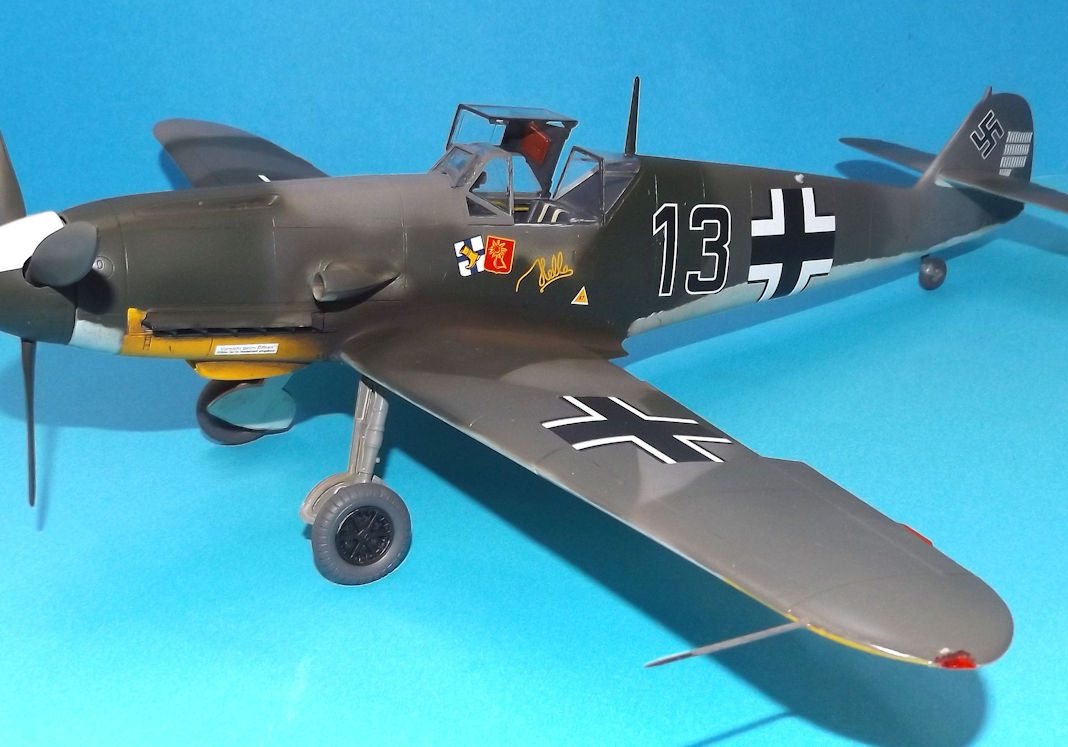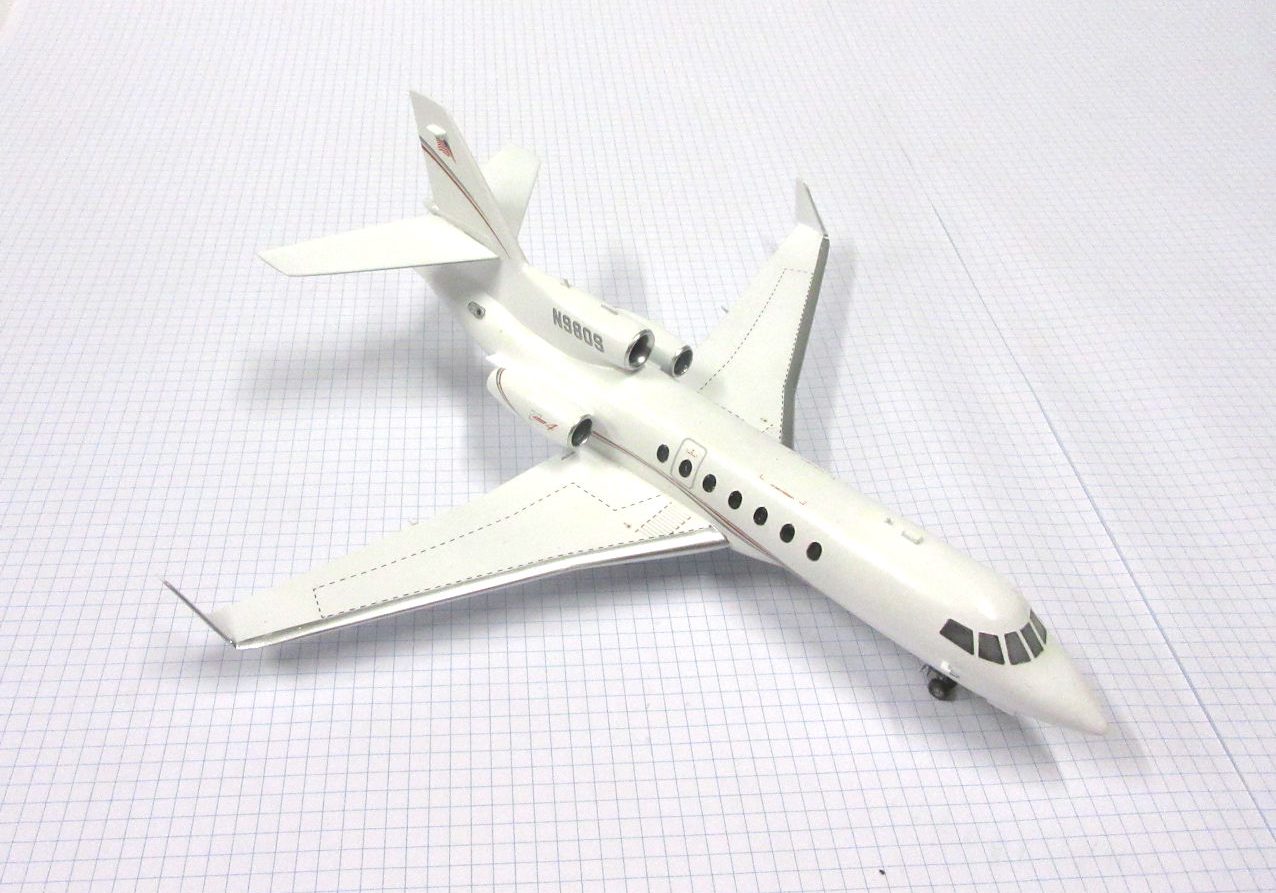History
The Concorde is one of the icons of aviation. One of only two supersonic air transports made, it was by far the most successful. However, economic and environmental considerations limited its potential and only 20 were ever flown.
Development of the Concorde began in the 1950s as the next logical step in airliner evolution.
The first prototype flew on 2 March 1969 but, despite initial interest and orders for over 70, the 1973 oil crisis and environmental concerns killed interest.
The only two airlines to operate it were Air France and British Airways and only regularly on trans-Atlantic routes.
Concorde’s only crash, on 25 July 2000 and the aftermath of 9/11 led to their grounding in late 2003.
Eighteen are now on public display.
This model represents F-BVFF, now on display at Charles de Gaulle Airport, Paris.
Heller 1/72 kit completed by Leigh Edmonds in May 2005.


